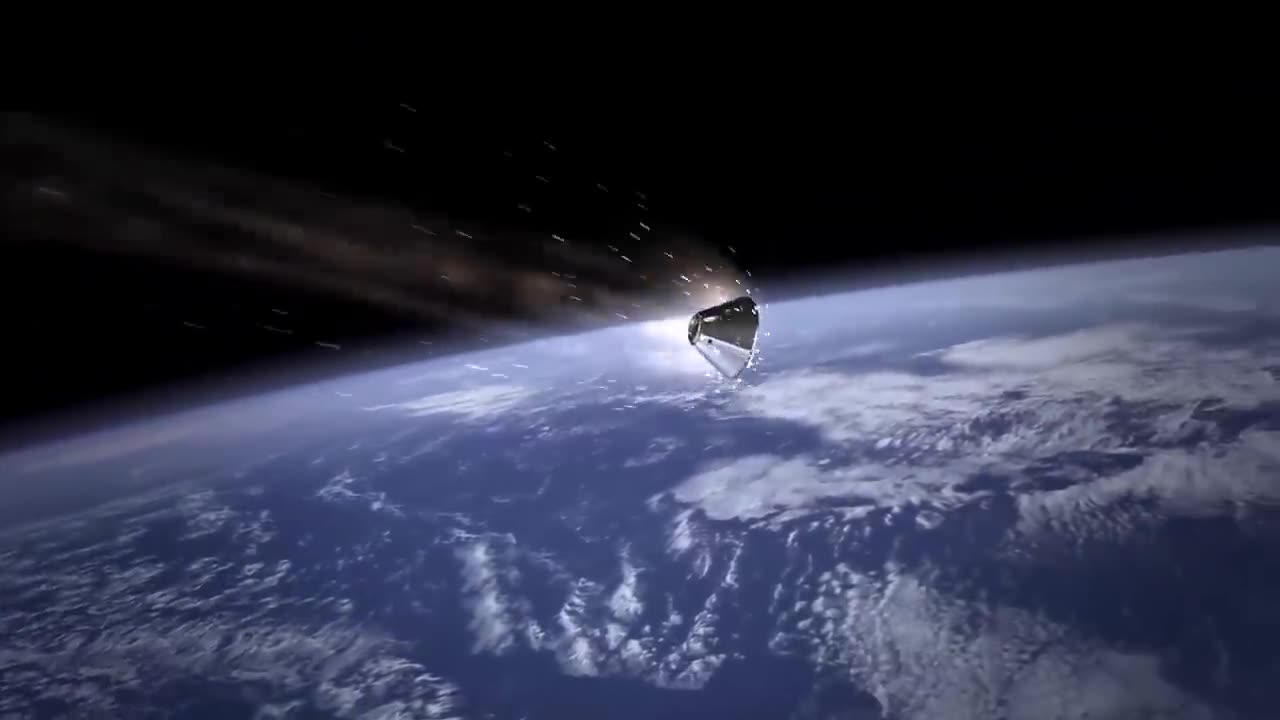Premium Only Content

How Do Spacecraft Slow Down? We Asked a NASA Technologist//dxbduba1
Spacecraft slow down in space by using various methods and propulsion systems, depending on their mission objectives and the specific phase of their journey. I'll outline some of the common methods:
Rocket Engine Firing: This is the most straightforward way to slow down a spacecraft. By firing its rocket engines in the opposite direction of its velocity, a spacecraft can decrease its speed. The principle is based on Newton's third law of motion: for every action, there is an equal and opposite reaction. The expelled exhaust gas from the rocket engines provides the thrust needed to slow down the spacecraft.
Aerobraking: For missions that involve entering a planet's or moon's atmosphere, aerobraking is used. The spacecraft dips into the atmosphere at a specific angle, using the planet's atmosphere to slow it down. The friction between the spacecraft and the atmosphere generates drag, reducing the spacecraft's speed.
Gravity Assists: In some cases, spacecraft can use the gravity of a celestial body to change their trajectory and speed. By performing a gravity assist maneuver, a spacecraft can gain or lose velocity, depending on the direction of the gravity assist. This technique is often used to save fuel or increase a spacecraft's speed.
Ion Propulsion: Ion propulsion systems are more efficient than traditional chemical rocket engines and are often used for deep-space missions. These engines continuously expel ions at high speeds, creating thrust and gradually slowing down the spacecraft.
Tethers: Electrodynamic tethers can be deployed in space to interact with a planet's magnetic field. By generating an electrical current through the tether, the spacecraft can create magnetic forces that act as a brake, slowing it down.
Orbital Mechanics: Spacecraft can use precise orbital mechanics to alter their speed and trajectory. For example, by changing their orbit's shape or inclination, they can adjust their speed relative to a target body.
Ballooning: In the case of missions involving atmospheres with extremely low densities, such as Venus, some spacecraft have used inflatable balloons or aerodynamic devices to slow down and navigate.
The specific method chosen depends on the spacecraft's design, its mission profile, and the celestial body it is targeting. NASA and other space agencies carefully plan and execute these maneuvers to achieve their mission objectives while conserving fuel and energy whenever possible.
-
 LIVE
LIVE
Amish Zaku
3 hours agoWar Thunder- Arcade Tanks Join Up- !discord
62 watching -
 LIVE
LIVE
LFA TV
20 hours agoBREAKING NEWS ALL DAY! | TUESDAY 9/23/25
805 watching -
 29:20
29:20
Stephen Gardner
4 hours ago🔥Trump’s SHOCKING ORDER Changes America Forever!
16.6K20 -
 LIVE
LIVE
The Rabble Wrangler
16 hours agoThe Best in the West | 17 Days Until Battlefield 6
16 watching -
 LIVE
LIVE
Spartan
4 hours agoScrims vs FaZe, then ranked and/or Silent Hill 2
33 watching -
 1:40:37
1:40:37
Redacted News
4 hours agoTrump just DESTROYED the globalist U.N. & Stunning new details in Charlie Kirk's murder | Redacted
208K185 -
 1:51:59
1:51:59
Winston Marshall
4 hours agoThe Epstein Lies No One Wants To Admit...
25.3K14 -
 2:17:14
2:17:14
The Confessionals
8 hours agoWorship Is Warfare (And Why Satan Fears It) | Kim Walker-Smith
19.8K5 -
 12:17
12:17
Professor Gerdes Explains 🇺🇦
8 hours agoKirk's Death Ignites a Battle for America's Soul
14K2 -
 1:12:14
1:12:14
The Officer Tatum
4 hours agoCharlie Kirk Investigation, Kamala Harris RETURNS To Spotlight + More | EP 174
49K65